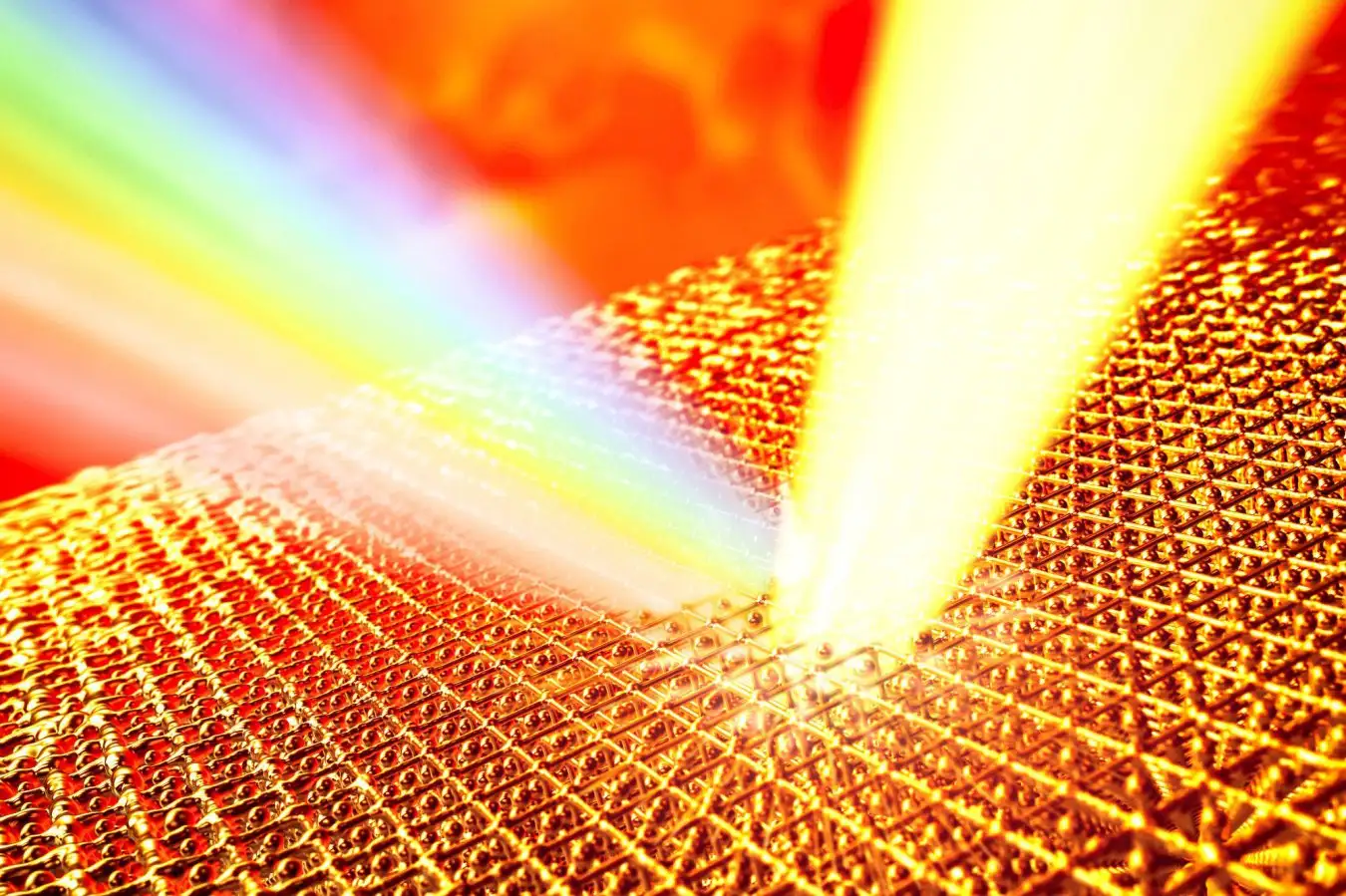
Gold can be heated to 14 times its melting point without melting
How did your country report this? Share your view in the comments.
Diverging Reports Breakdown
Gold can be heated to 14 times its melting point without melting
With fast heating, sheets of gold can shoot past the theoretical maximum temperature a solid can have before it melts – raising questions about what the true limits are. Researcher used a laser to superheat a sample of gold and measured its temperature with a pulse of ultra-bright X-rays. The technique could also be useful for simulating how extreme heat and pressure from planetary cores affects materials on extremely short timescales. It would also be interesting to see whether this applies to other solids apart from gold, says Sam Vinko at the University of Oxford. The true limit of superheating remains an open question, says researcher Thomas White. “Maybe we thought we solved it in the 1980s with this superheater limit, but now I think it’s anOpen question again. How hot can you make something before it melting?”
Researcher used a laser to superheat a sample of gold and measured its temperature with a pulse of ultra-bright X-rays Greg Stewart/SLAC National Accelerator Laboratory
Wafer-thin sheets of gold shot briefly with lasers can be heated up to 14 times their melting point while remaining solid, far beyond the theoretical limit, raising the possibility that some solids may have no upper melting point at all.
Superheating is a common phenomenon where a solid can heat up beyond its melting point, or a liquid can heat up past its boiling point, without changing state. For example, a cup of water heated in a microwave can reach temperatures above 100°C (212°F), as long as the cup is sufficiently smooth and still. However, as soon as the cup is jostled, the water will violently boil.
Advertisement
For solids, many physicists have proposed an upper limit for superheating, at a temperature around three times the standard melting point in kelvin. This point is called the entropy catastrophe, which is where the entropy, often defined as the amount of disorder in a system, for the solid state would become larger than if the substance were liquid. If the substance remained solid above this temperature, then it would violate the second law of thermodynamics, which says that entropy cannot decrease over time for most systems.
Now, Thomas White at the University of Nevada, Reno, and his colleagues have found that gold can heat up to 14 times its melting point while remaining solid, far above its entropy catastrophe point.
White and his team fired a powerful laser at a 50-nanometre thick sheet of gold for 45 quadrillionths of a second, then used a relatively new method to measure its temperature using reflected X-rays. By measuring how the frequency of the reflected X-rays had changed, and calculating how much extra energy they had gained from bouncing off the gold, the team could work out how much the sheet had heated up.
Free newsletter Sign up to The Daily The latest on what’s new in science and why it matters each day. Sign up to newsletter
“We measured these temperatures, and we were like, wow, that’s really hot. Like, can it really be that hot before it melts?” says White.
After confirming that they hadn’t made a mistake in their measurements, White and his team revisited the theory and realised that the extremely fast heating of the gold meant the entropy of the solid gold could remain smaller than the potential liquid form, allowing it to surpass the predicted temperature limit. “It’s important to say that we have not broken the second law of thermodynamics,” says White.
The true limit of superheating remains an open question, he says. “Maybe we thought we solved it in the 1980s with this superheating limit, but now I think it’s an open question again. How hot can you make something before it melts?”
Measuring how solids heat up using this X-ray technique could also be useful for simulating how extreme heat and pressure from planetary cores affects materials on extremely short timescales, says Sam Vinko at the University of Oxford. “We don’t really have a good thermometer for solids that you can look at on really short timescales,” he says.
It would also be interesting to see whether this applies to other solids apart from gold, says Vinko, and whether there is any upper limit to heating before melting. “The thing that’s intriguing here is to ask the question of whether or not it’s possible to beat virtually all of thermodynamics, just by being quick enough so that thermodynamics doesn’t really apply in the sense that you might think about it.”
